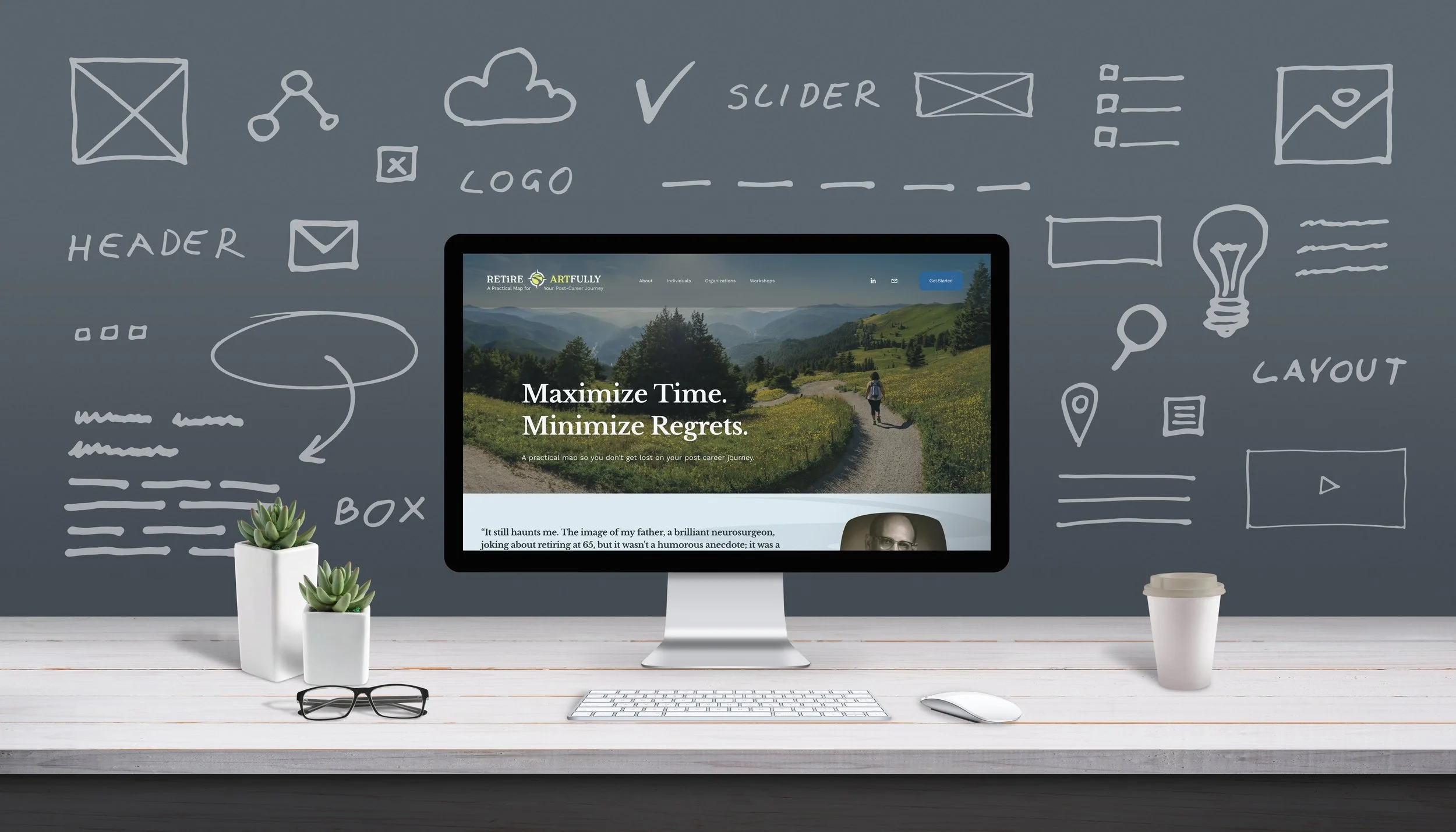5 Attainable Web Design Trends for Small Businesses in 2025 (No Coding Required!)
Web design trends can sometimes feel out of reach for small businesses, full of flashy effects, big-agency buzzwords, and price tags that don’t fit most budgets. But not every trend requires a full overhaul or a major investment. In fact, many of 2025’s most effective design ideas can be adapted in simple, meaningful ways—especially with today’s user-friendly website platforms.
Whether you’re ready to invest or just looking to make thoughtful improvements, here are five trends worth knowing. They’re current, practical, and flexible enough to meet you where you are.
1. Subtle Site-Wide Animations
Animations are no longer reserved for high-end, custom-coded websites. Small touches—like fade-ins, slide-ups, and zoom effects—can guide your visitor’s attention and add polish to your site.
If you’re using Squarespace, site-wide animations are incredibly easy to apply with just a few clicks. They offer built-in motion effects that don’t require code or plugins. Whether you're highlighting service sections or bringing testimonials to life, small movements go a long way in helping your content feel modern and engaging.
2. Bold Typography That Speaks Volumes
One of the simplest ways to make your website feel contemporary is through smart typography. Bold headlines, intentional contrast and consistent selections throughout the site give a polished, up-scale feel to any site. And, you DON’T need to buy custom fonts. Google Fonts and built-in font libraries offer plenty of style with zero cost.
3. Real, Relatable Photography
Let’s be honest. Stock photography is essential for most businesses starting out. But the most memorable websites incorporate authentic, real-life imagery. Whether it’s photos of your workspace, portfolio pieces, team, process, or client interactions, real photos build trust and show what makes your business different.
At Doodling Pandas, we highly suggest investing in thoughtful brand photography early in your brand journey, but a few well-lit smartphone photos or shots from a brand session can go a long way in the meantime. Use stock photos sparingly and strategically—focusing on ones that feel natural and cohesive with your brand style.
4. The Power of Negative Space
In a world of visual clutter, what you leave out matters just as much as what you include. Negative space—also known as white space—is the empty breathing room around text, images, and sections. It’s not wasted space; it’s a design tool that adds clarity, focus, and sophistication.
Using generous spacing between elements makes your content easier to read, helps key messages stand out, and creates a sense of calm and professionalism. Most website platforms make it simple to adjust spacing with padding and section breaks—no design degree required. A little extra space can make a huge difference in how polished and user-friendly your site feels.
5. Mobile-First layouts
With more users browsing on phones than desktops, mobile experience is no longer optional. Clean layouts, easy-to-tap menus, and sticky headers help users find what they need fast.
Most platforms today (like Squarespace, Showit, and Wix) make mobile optimization super easy, but it’s crucial to check the mobile layout before publishing. A quick preview ensures there aren’t broken layouts, overlapping text, or missing buttons. This quick step will make the difference between a customer conversion and a page bounce.
Final Thoughts
You don’t need to spend a lot of money to keep your website polished and up-to-date. With just a few intentional updates, you can give your site a fresh, modern feel that connects with your audience. Small changes can lead to big results.


